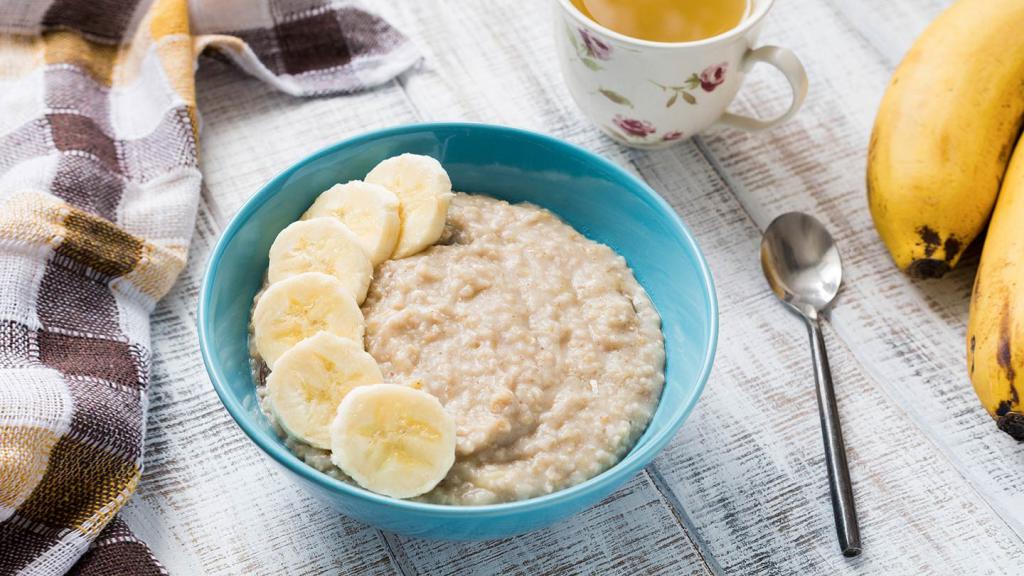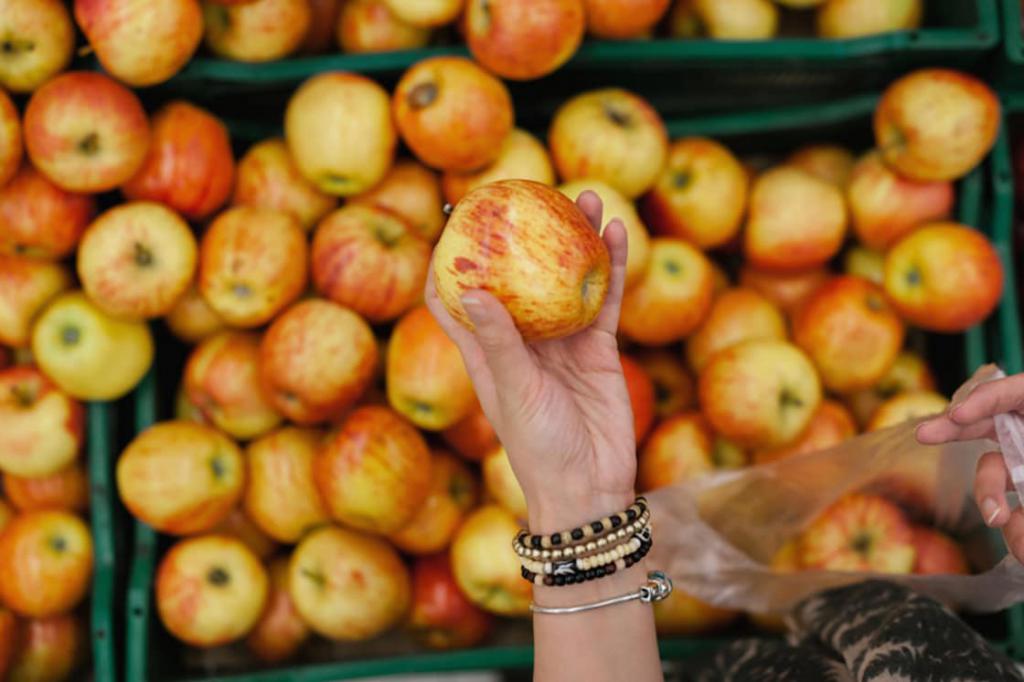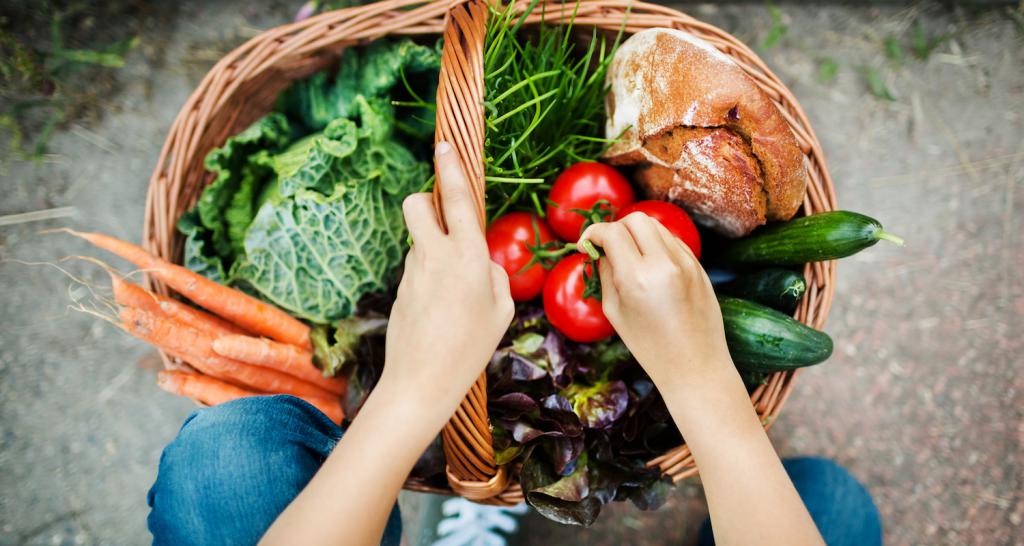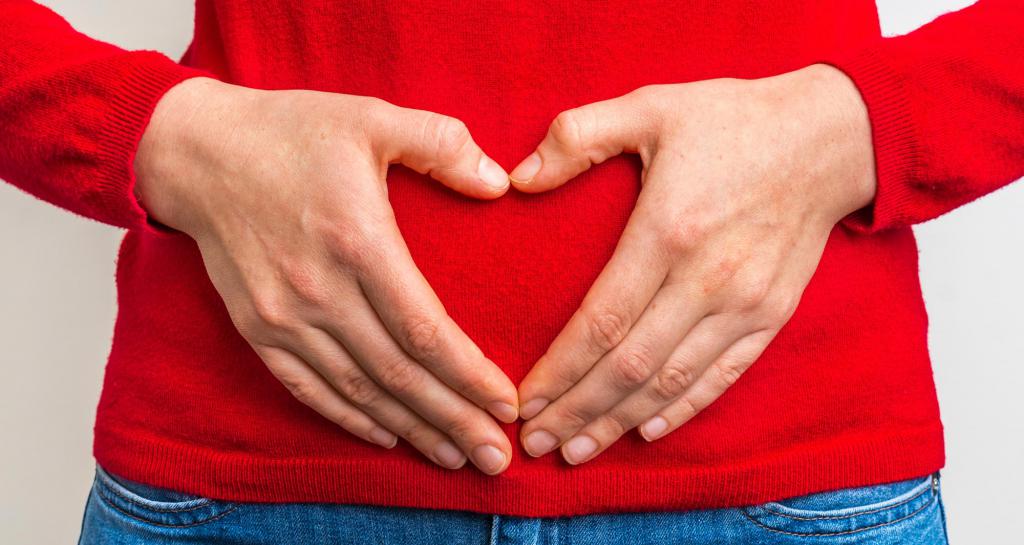The intestine is a modest hard worker who performs a huge part of all the work related to the processing and absorption of food, but at the same time it remains invisible. But this is only until he begins to hurt. It will not be possible to say here that you do not know in what place it is located in you. The pains are severe, so ignoring the symptoms will not work. Diet for bowel problems is the most important healing factor. Only against the background of proper nutrition can a new exacerbation be avoided.

Modern realities
Today, eating right has become an inadmissible luxury for many. We buy semi-finished products in the supermarket, products on the shelves of supermarkets - solid chemistry and flavors. As a result, we get what we have. Pain begins, digestion is disturbed, and we go to the doctor. A diet for bowel problems is the first step to recovery.
Unfortunately, while we feel normal, most people do not even think about how and what they eat. Yes, the body has a margin of safety, so for some time you will not feel discomfort. But one day various digestive problems begin. So the body gives you signals, it is difficult for him to cope with the fact that you are so unsuccessfully put into it. What are we doing? We usually treat the consequences. The pills clear up the symptoms, but the intestines still suffer. Soon, a person begins to eat in the same mode. The disease remains inside and continues to progress every day.
First aid
So, if after eating you feel pain and discomfort, then the first thing you need to review your diet. Diet for bowel problems is the first tool necessary to alleviate and normalize the condition. It helps to cope with a violation of the digestive tract. Diet allows your digestive system to get a break and set up their own work.
But do not think that a diet for bowel problems can replace treatment. It only creates the conditions for recovery. But if it does not help, if you feel heaviness in the stomach, nausea, weakness, you need to see a doctor. The situation has gone too far and you just can’t do without medical help.
Usually a person expects that relief will come instantly, as soon as he removes chips, crackers and french fries from the menu. But in addition to eliminating harmful products, you need to saturate the menu with useful ones. In addition, the diet for bowel problems should be long. The first task is to relieve pain and relieve symptoms such as diarrhea or constipation. But the list of tasks is much wider. The diet is not designed for a couple of days or even for a week or two. Thanks to her, the condition of teeth, skin and hair improves. Usually acne problems go away, sleep improves, general tone and immunity increase. Gradually, a person begins to understand the benefits of a new style of nutrition. In addition, the diet is perceived psychologically easily due to the fact that hunger is excluded.

Diet goals
Table No. 4 - a diet for intestinal diseases, which can be used in a variety of cases, since it has a pronounced and multifaceted effect on the body. The ultimate goal of such a scheme can be considered the following:
- Removal of inflammation. This leads to a decrease in the severity of symptoms of inflammation in the intestine.
- Normalization and ordering of the functions of the gastrointestinal tract.
- Diet allows you to provide the body with all the necessary substances. This means that all organs and systems will function normally.
- After a course of diet, the liver, kidneys and other organs begin to work correctly, which also affects the violation of the digestive tract.
Nutrition according to Pevzner, who is the founder of this diet, involves the exclusion of irritating mucous products from the diet. If you have digestive problems, then you probably already felt how the condition worsens after eating certain foods.
Limit products that cause fermentation or rotting. Hot and cold enhances peristalsis. You can not eat fried, salted, pickled and smoked. Food needs to be steamed, boiled or baked. Be sure to wipe the vegetables through a sieve. Coarse foods that contain a lot of coarse plant fibers should also be ruled out.
Basic Rules
Usually people think that diet is a reduction and restriction of the diet. In the minds of the majority, it equates to a hunger strike. It's not like that at all. The diet, including problems with the intestines, is selected individually, with a focus on the general condition and complexion of the patient.
Very often with diseases and disorders in the digestive tract, the body cannot absorb nutrients from the food lump. Therefore, the diet should be nutritious and high-calorie. Until the intestines are again included in the work, most of the food will leave the body unprocessed.
Principles:
- It is necessary to take vitamins in addition.
- Increase your protein intake.
- Drink herbal decoctions regularly. It can be chamomile, calendula, lemon balm and mint.
- For bowel problems, drink more water.
- Do not eat up all day at once. It is better to eat in small portions, 6 times. This will reduce the burden on the intestines.
- Refuse fried. At first it seems that it is difficult. But soon you will get used to it.
- Porridge should be an indispensable part of your diet.
- During the diet, sweets, soda and alcohol are banned.
- Try not to overload yourself with physical activity during the diet.

It is possible and it is impossible
Diet No. 4 for bowel diseases should become a new way of life if you want the disease not to return. So, you can eat:
- Soups The first dishes do not overload the digestive tract, but at the same time they allow saturating the body with everything necessary. It is very good if they include a lot of vegetables.
- Wheat flour crackers.
- Meat and fish. These are sources of protein, which is a building material.
- The eggs.
- Porridge.
- Boiled vegetables and baked apples.
- Tea.
From this you can come up with a lot of different dishes. You do not have to suffer from hunger, which is a big plus. Diet for diseases of the stomach and intestines involves the rejection of the following products:
- Fatty broths.
- Sausages and lard.
- Canned food.
- Hard-boiled eggs, raw and fried.
- Macaroni, bean and pearl barley.
- Raw vegetables.
- Fruits and berries.
- Strong coffee with milk.
What to cook
The easiest way is for those who live alone. In this case, it’s enough to rebuild the approach to food selection and cooking - and the improvement will happen by itself. The diet menu No. 4 for bowel diseases can be built taking into account your individual taste preferences. This allows you to adapt it for each individual patient. Let's try to create a menu that can be used as an example. Of course, you can change it and create various variations:
- You need to start the day with porridge. Pounded oatmeal will be a great option to start the day. Add to this pureed cottage cheese and tea.
- Useful rosehip tea.
- The main meal should be nutritious. Cook the meat broth, meatballs, rice porridge and jelly.
- Unsweetened broth of herbs.
- Steam omelet.
- Kissel before going to bed.
Do not forget that everything is individual. Before you go on a diet, you need to consult a doctor and choose the best option for yourself.

If the disease is accompanied by diarrhea
An extremely unpleasant symptom, especially for those who have work associated with constant movement around the city. In this case, you need to take a closer look at the principles of building the menu. Diet No. 4 for intestinal diseases is often accompanied by diarrhea of varying intensity. In this case, you need to use diet 4a. After the symptoms of diarrhea begin to disappear, you can go to the usual table number 4. That is, gradually include in your diet broths, dairy products, meat. If you do not, then soon you will encounter other digestive problems.
During the diet, you can eat low-fat meat or fish cakes, soups on low-fat broth, mashed cereals and apples. Cottage cheese, green tea is allowed. To exclude, among other things, dairy products, fresh vegetables and fruits, pastries and chocolate will be required. Diet No. 4a for bowel diseases implies the rejection of products that stimulate the secretion of the digestive system.
Diet for constipation
In this case, therapy has other goals. It is necessary to increase intestinal motility, improve the progress of the food lump and facilitate emptying. To do this, include fiber and liquid foods in the diet. The diet menu No. 4b for intestinal diseases includes the following set of products:
- Vegetable soups.
- Steamed and boiled vegetables.
- Kefir or yogurt.
- Almost any kind of porridge.
- Bread, preferably yesterday.
- Soaked dried fruits.
- Berries and honey.
- Various natural juices.
Exclude need strong tea, mustard, pepper and horseradish, radish and radish, garlic and onions. calorie intake - about 3000 kcal. Diet No. 4b for intestinal diseases is more optimal, since it does not require the complete exclusion of vegetables and fruits. This point is usually especially painful for people with diet No. 4a.

Diet with increased gas
This is another problem that most often accompanies bowel disease. Diet with this ailment can greatly contribute to improving the condition and relieving an unpleasant symptom. In this case, the following products must be excluded:
- Dark breads and pastries.
- Gassing fruit. These are bananas and grapes, apples.
- Dairy products.
- Legumes.
- Cabbage.
- Fatty fish and meat.
- Nuts.
- The eggs.
- Milk products.
As you can see, the list is quite large. As the condition improves, you can try to introduce these products into the diet again, but in small portions, be sure to monitor the condition of your body. The diet menu for intestinal diseases has to be built not only on the basis of the diagnosis, but also in accordance with the complaints of the patient himself. But compared with pains in flatulence, the presence of limitations is not such a serious drawback of the system as it might seem at first glance.

Diet during recovery
When the acute period ends, the person most often forgets about the restrictions on food. This is the biggest mistake. Diet No. 4v is prescribed during the recovery period. She has proven herself well in chronic diseases during the recovery period. In parallel, the work of the kidneys, liver and pancreas comes back to normal. The most important thing is that such nutrition allows the body to get a complete set of nutrients, vitamins and minerals.
Diet for problems with the intestines and stomach should be as sparing as possible. Therefore, only boiled and steam products are included in the diet. The food is necessarily fractional, you need to eat at least 5-6 times a day. Bread can only be yesterday, dry cookies can be 2-3 times a week. Soups are cooked on a weak, low-fat broth.
Meat, poultry or fish are boiled separately, after which you can add slices to the soup. Allowed low-fat cottage cheese in the form of pasta, milk, sour cream or sour milk. Porridge must be well cooked, without the addition of milk. Fruits can be in small quantities, not more than 150 g per day, with normal tolerance of the latter. If this does not cause discomfort in the abdomen, then you can gradually increase the portion.
Sample menu during the recovery period
One of the options:
- For breakfast, you can have a soft-boiled egg, rice porridge and coffee.
- As a snack, fruits are suitable.
- For lunch - vegetable soup and stew. Kissel.
- For a mid-morning snack, any broth made of rose hips and apples can be used.
- For dinner, fish and vegetable puree.
- At night you can drink jelly.
Doctors are often asked if the menu can be adjusted to cook from what is in the refrigerator. Fish can be changed to chicken, instead of an egg, drink a glass of kefir, carrot puree is quite easily changed to beetroot. That is, the main thing is to observe general principles.

Important to remember
Diet is very important during an exacerbation of diseases of the digestive tract. This is the key to a speedy recovery. It should be remembered that these rules for inflammation of the intestine must be observed for a rather long time. Until remission or full recovery is reached. Even after the condition improves, you need to follow the doctor’s recommendations and expand your diet gradually. It is usually recommended to add one new product and wait 2-3 days. If you feel normal, you can enter the next product.
This gradually expands your table. Diet for bowel disease should be a way of life. Prohibited foods must leave your home forever. In extreme cases, they can be used during remission, but in small quantities and with an eye to their health.
It is very useful to keep a food diary. This will not require much time and effort, and you will be able to assess the state of your body and correlate it with the consumed food. This is a great option for analysis.
Instead of a conclusion
“I am what I eat” - this rule is not just words for gastroenterologists. They well know that there is much more meaning behind them than we are used to thinking. You need to adhere to proper nutrition when the digestive tract is healthy. This avoids the development of pathologies or their complications. But with bowel disease, the diet becomes vital. Only reasonable restrictions will enable the intestines to recover and begin to function fully again. Do not forget that chronic diseases require constant dietary restrictions.